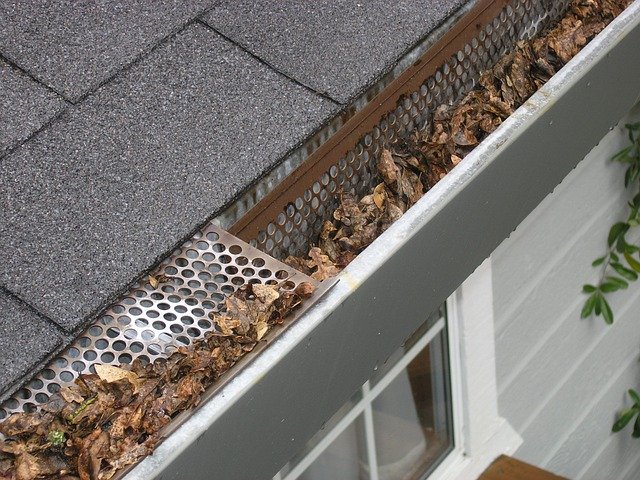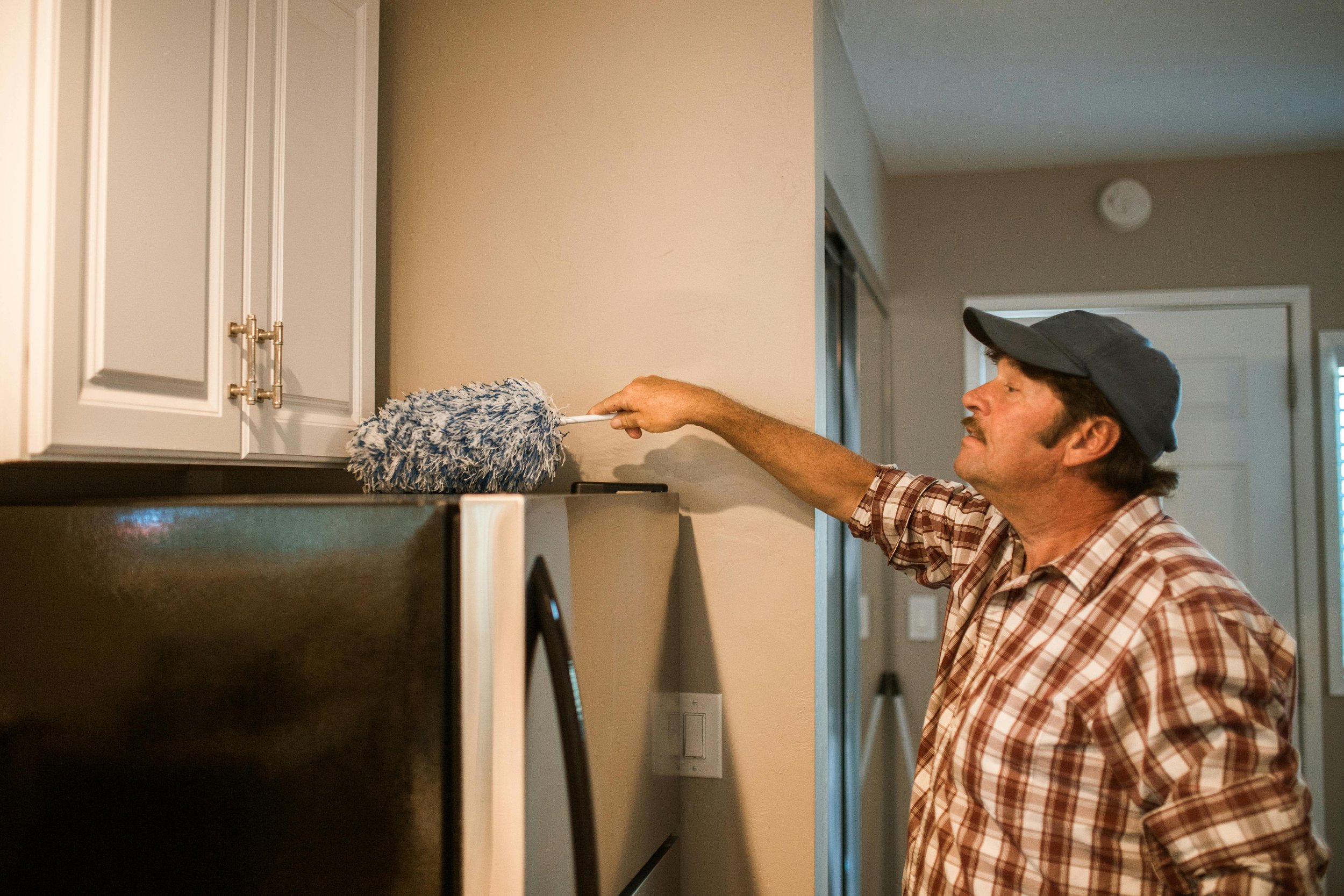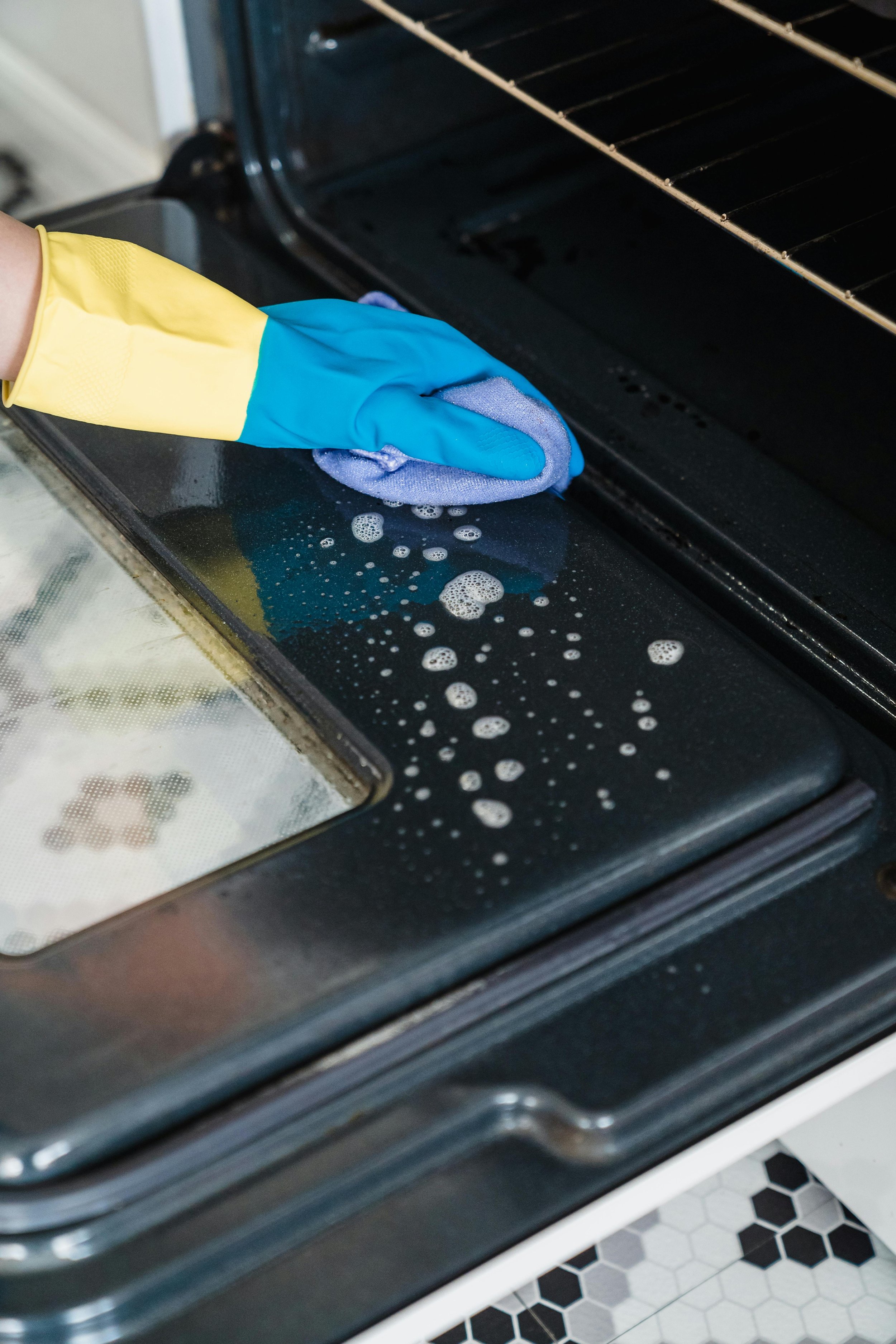If you own an LG electric range, you may need to act fast. Get the details on the latest recall and what it means for you.
What Happened?
A new recall has been announced for LG Slide-In and Freestanding Electric Ranges sold from 2015 to January of this year, 2025.
Over 500,000 of these units have been sold in that time period. The consumer product safety commission has received at least 86 reports of unintentional activation of the front-mounted knobs. They have been involved in dozens of fires, injuries and pet deaths according to the CPSC.
The products were manufactured in both Mexico and Korea and imported by LG Electronics USA in New Jersey. They were sold in a variety of major stores, including Best Buy, Costco, Home Depot, and Lowe’s across the United States. Depending on the model, they retailed for between $1,400 and $2,650.
It is important to note, that this is not a refund or even a repair that is being offered by LG. Instead, they are offering a warning label which reminds users to turn on the Control Lock / Lock Out feature before stepping away from the stove. They also have a video which guides owners on how to use the feature.
Who is Affected?
The recall includes LG Slide-In and Freestanding Electric Ranges sold between 2015 and January 2025 at major retailers like Best Buy, Costco, Home Depot, and Lowe’s. Depending on the model, they retailed for between $1,400 and $2,650.
You can check the full list at www.tinyurl.com/LGRecall.
What is a Recall?
A recall occurs when a manufacturer or regulatory authority determines that a product poses a safety risk or fails to meet regulatory standards. (In the United States, this is most often the U.S. Consumer Product Safety Commission.) This action is taken to protect consumers from potential harm and ensure the integrity of the product.
Recalls can be initiated for various reasons, including defects in design or manufacturing, safety concerns, or failure to meet regulatory requirements. In the case of appliances like stoves or ranges, recalls may be issued due to problems with components such as burners, electrical systems, or structural integrity.
When a recall is initiated, the manufacturer typically works with relevant regulatory agencies to notify consumers of the issue and provide instructions on how to address it. This often involves contacting affected consumers directly, issuing public announcements through various channels, and coordinating efforts to repair or replace the affected products.
Why is a Sticker Enough?
In 2024, Samsung recalled over 1.1 million ovens for a similar hazard, and the CPSC has warned that unintended burner activation has resulted in serious fires, injuries, and even fatalities.
Also in 2024 we had the Kenmore / Frigidaire recall. Here we had 203,000 ovens which were affected. Again with reports of fires occurring and people and property being damaged
So, why is LG allowed to only offer a sticker as a “repair”?
To begin with, the LG ovens are being turned on, although unintentionally, bye the user or pets.
Additionally, there are three different tiers of safety features, according to LG. The first is a burner on light, the second is an alert beep that goes off when a knob is turned off, and finally there is the Control Lock / Lock Out feature. In a statement to USA Today, Senior Vice President of LG Electronics USA, John I Taylor emphasized that the affected products have a proven safety feature.
Additionally, LG was sued over this issue in 2022 with a US district Court dismissing the class action lawsuit in 2023 citing that the ranges were still under a 1-year warranty.
According to the Consumer Product Safety Commission, the sticker and a reminder to use the built-in feature is enough.
What Do I Do?
Start by locating the model number on the inside of your oven door or the bottom storage drawer and compare it against the list at this link.
Next up, whether or not you have one of the affected models, it would be beneficial to review LG's video for how to use the control lock/lock out function. www.vimeo.com/1037322282.
Fire safety professionals are recommending installing stove knob locks to prevent unintentional activation. They also recommend keeping objects off the stove when not in use as well as double checking burner knobs before you leave home or go to bed.
We feel it is important to note that while LG and the CSPC believe the features listed are in fact enough to rely on consumer diligence, accidents can happen as has been shown; pets and small children can easily activate these knobs when left unattended. Given these dangers we ask that you consider the situation with all due caution and what safety precautions best fit your home.
If you realize that your range has been acting oddly and it's not because of this recall, reach out to us at Appliance Rescue Service. There should never be a time when you fear leaving your home because your oven is turning on at random, or that your pet might accidentally bump it. We will work with you to find a date and time that fits your schedule so that we can get to the bottom of any issues. Our technicians are experienced in working on all sorts of appliances, new and old. Our top priority is always ensuring that your home is running smoothly.
Call: (214) 599-0055



















